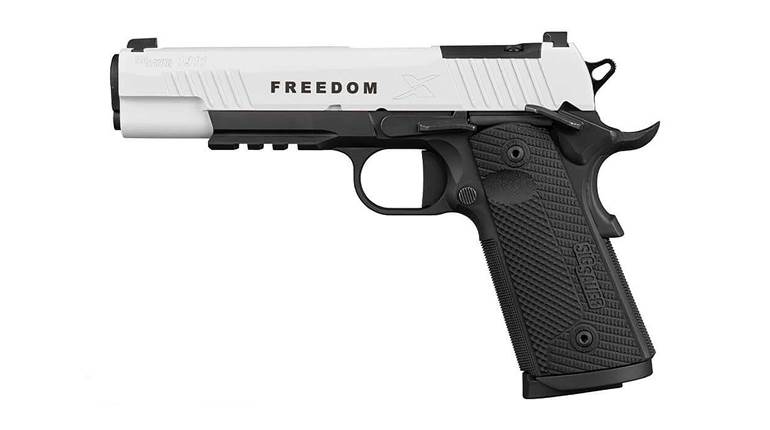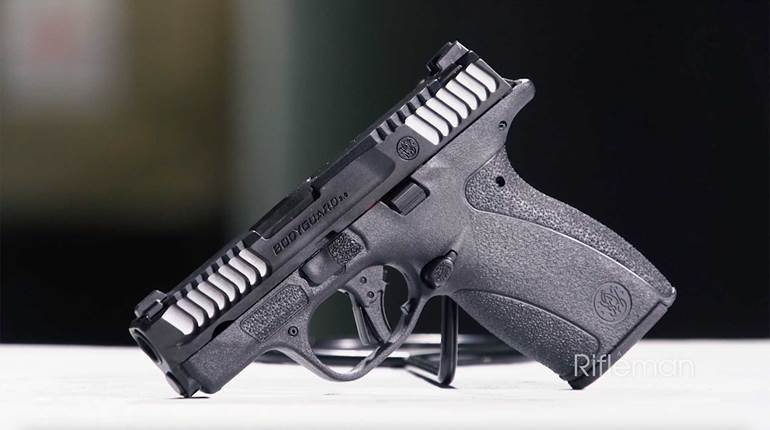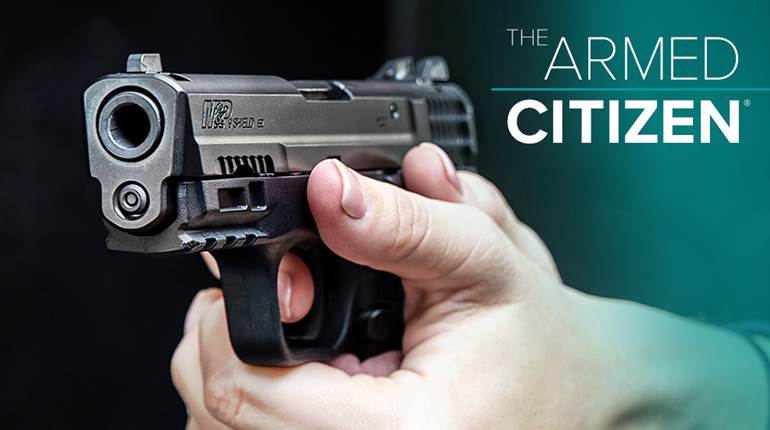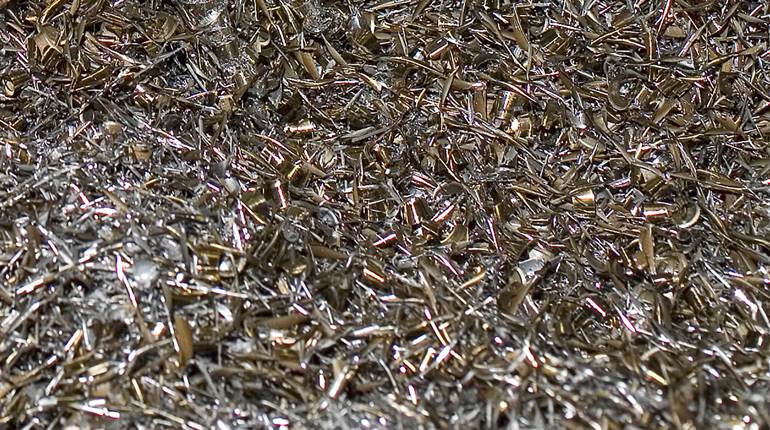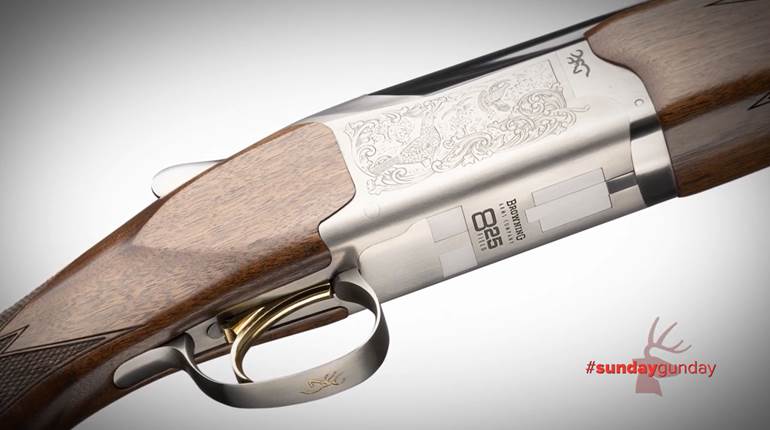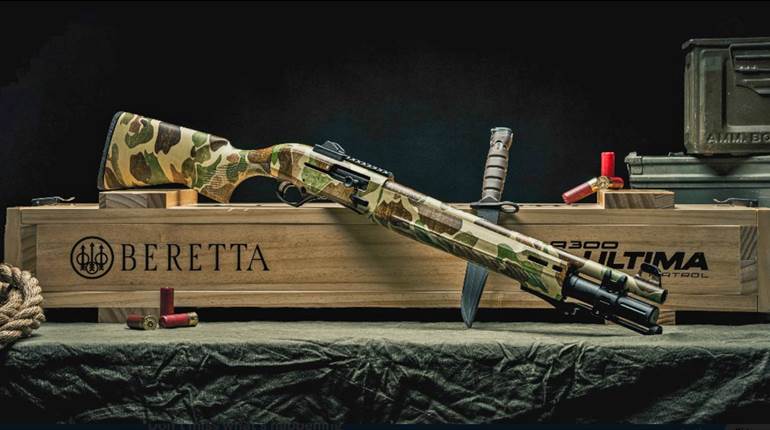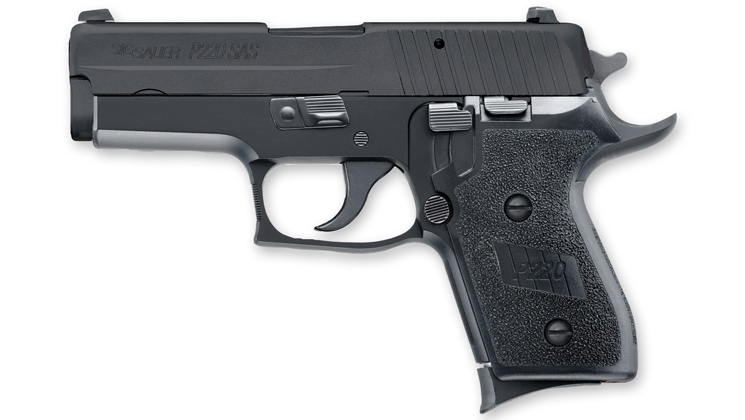
I was in law enforcement in 1975 when the SIG Sauer (usually termed just “SIG”) series of pistols hit the American market. The Swiss-German firm made an interesting pistol with one of the first DA/SA trigger systems, and that feature alone drew a lot of favorable attention. A unique gun, the P220 came in .45 ACP, .38 Super, 9 mm Luger and .30 Luger. I have fired the first three calibers extensively and have never seen the last. That caliber, the original chambering for the Luger pistol, has never had any significant popularity in the United States. For sales in Europe, it was easy to build a P220 in .30 Luger. The gun was cleverly designed to be adaptable to any normal pistol caliber by simple substitution of parts. That's important, but there is more tactical appeal to the decocker/no safety lockwork and rugged durability. They really caught my fancy. 
SIG Sauer P225
SIG Sauer P228
At first, there was only the big P220 in the SIG catalog, but the German police pistol trials drove the development of the P225. This gun was also called the P6 and competed with Walther's P5 and Heckler& Koch's P7. Made in 9 mm only, the P225 was an abbreviated version of the P220—shorter, smaller and lighter. The P226 happened when the U.S. Government went looking for a new service pistol. It's a 9 mm P220-sized service pistol with a wider receiver for a double-column magazine. The receiver is alloy, so the gun is not very heavy, although it is full-sized. When the .40 S&W cartridge hit the market, SIG chambered guns for it. They took their time, realizing that their sheet steel slide was not going to take the .40’s pounding. Eventually, SIG Sauer came out with a machined steel slide on all calibers and models. They introduced new models—mid-sized P228s and P229s, even a medium .45 called the P245.
SIG Sauer P229
SIG Sauer P245
Long before the company got into the currently popular, polymer receiver, DAO trigger pistols, SIG had a wide array of traditional all-metal guns with many choices in the various models, including different sights, grips and finishes. The buyer even has some latitude in trigger systems and barrel/slide length. I have been fortunate in that my job with various gunzines has given me shooting access to many of these pistols. Naturally, some models stand out in my personal opinion. Over the years, I have also noted that my handgun needs have evolved. For example, in the late 1970s, I would look at a service semi-auto for a uniformed officer, where concealment was not an issue. Now retired, but still carrying a gun regularly, I have more current interest in a concealable pistol. And although it seems SIG has quietly dropped some of the models from its catalog, I have been using a style of SIG pistol that is fitted out differently, the SAS models.

SAS stands for "SIG Anti-Snag." Traditional gunmaking—particularly as it applies to semi-automatic pistols—calls for straight lines and crisply executed edges. This conveys the manufacturer's intent to build a precision product, in which the owner can take a certain pride. Untold numbers of Americans now have their CCW tickets and carry often. Ease of carrying is a lot more important than a stylish appearance. The SAS treatment uses radiused edges and rounded corners. There's nothing to snag on pocket edges or linings. It is a version of the so-called “melted” treatment applied by custom pistolsmiths. It is not particularly attractive, but it is very functional. Guns thus configured handle easier around clothes, belts holsters and the like—a much smoother presentation when the need arises.
There is another feature common to almost all modern semi-autos, which aren't found on the SIG SAS pistols. For about 10 to 15 years, new semi-autos have been routinely fitted with an integral light rail on the dust cover. This is the curved underside of the receiver, just forward of the trigger guard. Unlike the slots and lugs of the rail, the area is the smooth half circular type of days past. That rail is there in much the same way as three-dot sights were once used on all pistols. For police or military pistols, a rail that permits quick mounting of a weaponlight in a matter of seconds a good idea. On a concealed carry pistol, a rail is in the way.

SIG Sauer P220 Legion and Stainless Elite
There are dozens different SIG Sauer pistols offered in numerous configurations in the firm's catalog, and there's something suited to just about any pistol role. Sadly, based on a recent search of the SIG website, only two models remain in the SAS line, the P227 and the P938.

SIG P227 and P938
Other models from the line are still offered and sought out on the secondary market. In my opinion the best of the SAS guns is the P220 in .45 ACP. It has the clean-lined and radiused short slide mated to a full-length receiver. In a sense, this is sort of a “Commander” version of the full-sized P220 and just about as big a pistol as I would want to try to carry concealed.
But I also liked the P229 in SIG's exotic .357 SIG caliber. This is a short-barrel, short-slide, short (but wide)-butt, 12+1-round pistol with no rail and the same slide contours as already discussed. This little pistol carries easy and drives 125-gr. 9 mm JHPs to nearly 1400 fps. There was an extra feature in that a P229 barrel came in .40 S&W. It dropped into the gun easily.












